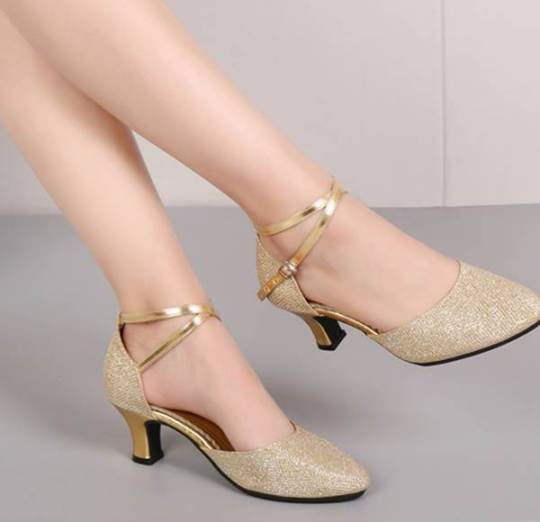#dance shoes
Text

Unknown maker or lady, found on Senior Swans ballet on IG
note to tumblr: please note the lady is NOT naked, she is into a very thin leotard, there are NO nipples here, ok?
1K notes
·
View notes
Photo
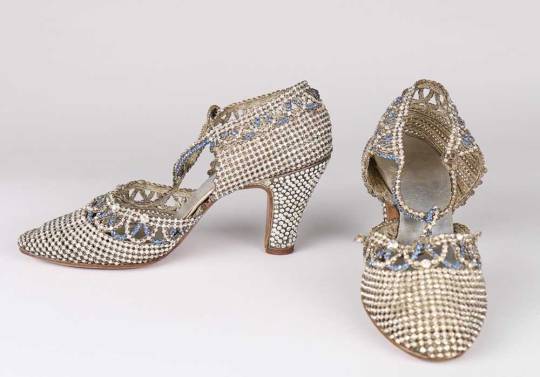
Rhinestone dance shoes, late 1920s.
406 notes
·
View notes
Text
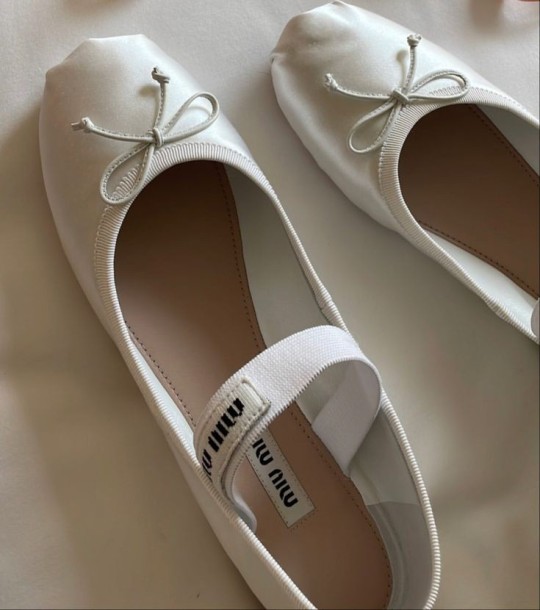

Miu Miu Satin Ballerinas 🤍🎀
#miu miu#ballet#ballerinas#fashion#shoes#fashion shoes#ballerina#ballerina flats#ballet flats#art#beauty#style#miu miu shoes#white shoes#flat shoes#ballet slippers#ballet style#ballet aesthetic#ballet art#dance shoes#cute shoes#🩰#🤍
656 notes
·
View notes
Text

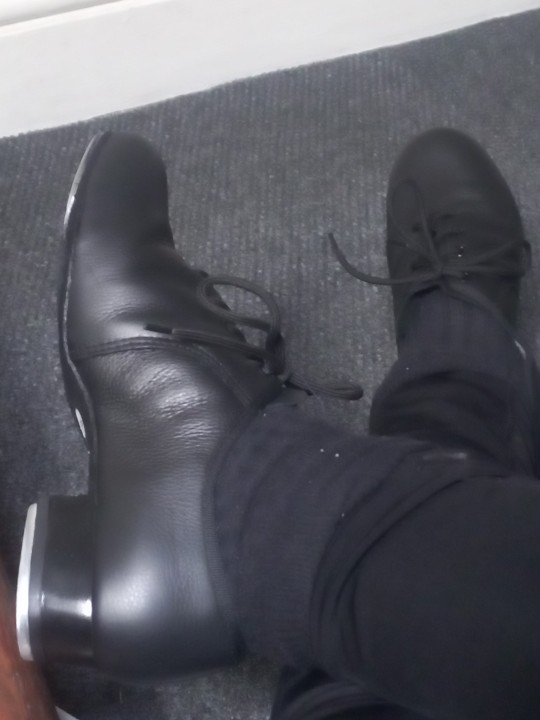

Not the best pictures of my new tap dance shoes
(Should I draw these on a hazbin character I headcanon to wear such shoes?)
6 notes
·
View notes
Text
that feeling when you take off your character shoes and put on sneakers 😭🙏
2 notes
·
View notes
Text
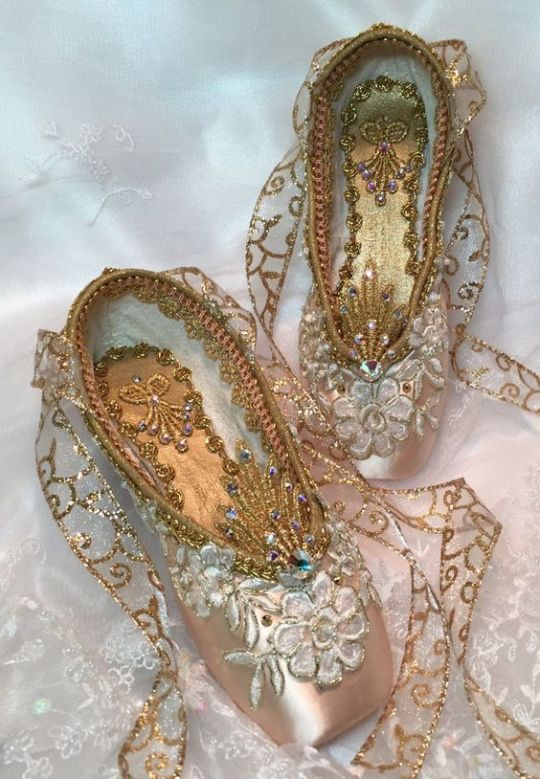
1 note
·
View note
Text

dance shoes
#tap#ballet#jazz#hip hop#tap dance#ballet dance#jazz dance#hip hop dance#dance#types of dance#tap shoes#pointe shoes#ballet slippers#jazz shoes#hip hop shoes#high tops#dance shoes#types of dance shoes#digital art#digital aritst#art#artist#artists on tumblr
6 notes
·
View notes
Text
I just got my firs pair of point shoes 🩰
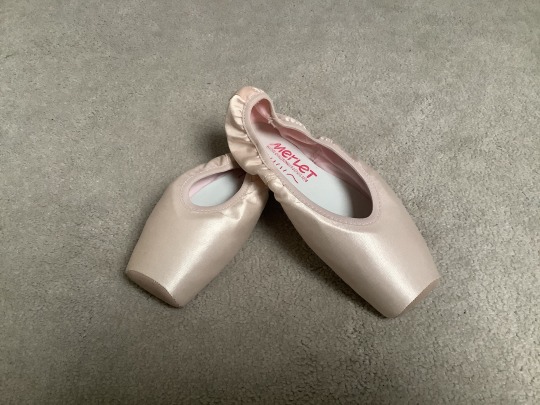
#pointe shoes#ballarina#ballet#dancing#dance#first pair#first pointe shoes#🩰#Royal academy of dance#dance shoes
16 notes
·
View notes
Text

Crocs
#dance shoes#crocs for your mantis#bugs need shoes too#bugs#crocs#donate a pair of shoes to your local bug today
6 notes
·
View notes
Text
How Your Ballroom Dance Attire Impacts Movement
Ballroom competition costumes are specifically made to highlight the best ballroom positions and movements. Long full skirts made from smooth and soft materials emphasize the dancer's gliding movements, whereas ripped or frayed skirts work better for Latin dances as they highlight hip work and quick movements. A regular evening dress wouldn’t have the same impact. One of the biggest reasons you should take your appearance seriously is that ballroom dancing is quite subjective dance. Because of this, it's crucial that your movement on the dance floor is fluid. And the key element that will assist in dance fluidity is a good ballroom costume.
For the most part, dancers like the opportunity to perform in stunning clothes. Any performance may become more thrilling by using matching gowns, tights, and bows. However, dressing appropriately in the studio is equally as significant as dressing well on stage. Dance America offers a wide selection of ballroom dance apparel since they understand how important it is to have a dress code for both stage performances and practice. In a dancing studio, there should be a dress code for the following five reasons.
Reasons Ballroom Dance Attire Impacts Movement

1. Reduce Distractions
Dancers must concentrate in order to study and perform at their best, regardless of how long they have been dancing or how recently they started. For all the dancers, wearing clothing that violates the dress code might be distracting and detract from the performance.
Even if a dancer is dressed appropriately for the occasion, it can still be distracting. A dancer may become sidetracked if their leotard is the wrong size or their hair falls in their face, and other dancers in the class may become sidetracked if a dancer's attire stands out and diverts their focus from the teacher. In less-than-ideal circumstances, it can be challenging to maintain a child's or teen's attention, and wardrobe difficulties might make it bad.
2. Easy Movement
Dress requirements are common in dance studios so that dancers can move appropriately for the different types of dances. For example, in order for a dancers' legs to execute the right angles and positions properly during a hip-hop class, a dancer may need to wear looser-fitting pants, whereas a ballet studio may mandate that dancers wear a specific color or brand of leotard and tights.
Each dress code is created for a specific purpose to allow the dancer to concentrate on their routines rather than what they are wearing. Dancers may not be dressed appropriately when left on their own, which can make it difficult for them to master the choreography and move correctly. In groups or with partners, inappropriate clothes might affect technique and precision.
3. More Focused
Dancers are better able to concentrate and study when they adhere to a dress code. Following a dress code requires effort and demonstrates that dancers are serious about trying to improve their talents as opposed to simply showing up in whatever they like. This is particularly important for younger dancers since appropriate attire indicates that they are prepared for a controlled dancing session rather than unruly playtime. Dancers who follow a dress code are more likely to be disciplined to listen to and respect their instructors.
4. Better Confidence
It typically makes dancers feel better when they look the part. A dancer's posture and attitude may alter drastically only by donning the appropriate outfit. A dancer might be more motivated and confident to try new moves when they are dressed appropriately. They feel like they can take on anything. Dancers who are struggling and don't want to stand out might benefit by wearing attire that matches or is stylistically similar to that worn by the other students in the class since it keeps everyone on the same page. Students who feel and look like dancers exhibit this in their confidence and attitude.
5. Develop a Sense of Unity
A dress code for the dance studio unifies the group and makes it easier for all dancers to look professional. It is simpler to perceive the group as a coherent entity rather than merely a mismatched collection of individuals when everyone is dressed similarly. Dancers' team members and tutors can observe how they move more clearly when they are dressed appropriately. Dancers that are more cohesive may have a clearer image of the dance and forge deeper ties with one another since they are aware that they are all striving for the same objectives.
Choosing the attire for your first ballroom competition may prove to be difficult. You're probably not prepared to spend a fortune on your first competition outfit, and you might not know which color to pick or which style will work best for your body type. Dance America can give you the ideal answer to your problem. Dance studio dress regulations are a significant component and may affect each dancer's attitude and performance. Visit Dance America to get the ideal ballroom dance attire that you can wear for practice or performance.
#ballroom competition#ballroom dance attire#Latin dances#Ballroom competition costumes#ballroom competition attire#Dance Outfit#dance accessories#dance shoes#dancewear#dance dresses#Women dancewear#mens dancewear#dance america attire#dance america dance store#Florida dance store#kids dancewear#outfit#fashion#clothing#dance#stylist dancewear
4 notes
·
View notes
Photo

Dance shoes, 1930.
74 notes
·
View notes
Text
Understanding the Difference Between Practise Dance Shoes and Regular Shoes
Dancing transcends being merely an art form; it serves as a mode of self-expression and a form of exercise. Whether you’re a seasoned professional or dancing for enjoyment, the significance of selecting the right shoes cannot be overstated. Various types of dance shoes cater to different dance styles, and understanding the distinctions between practice shoes and regular footwear is crucial for dancers. In this discussion, we delve into the variances between these two types of shoes to illuminate why dancers should be meticulous in their footwear choices.
Distinguishing Practice Dance Shoes from Regular Shoes
Dance, with its intricate and captivating nature, places unique demands on the human body, particularly the feet. While regular shoes serve everyday activities, dance shoes are intricately designed to support dancers, enhance their performances, and ensure their safety.
Functionality and Design: Regular shoes are crafted for daily use, prioritizing comfort and protection but lacking the specific features requisite for dancing. In contrast, practice dance shoes are tailored to meet the precise needs of dancers. Their design incorporates features like optimal grip, flexibility, and support, crucial for executing various dance forms accurately. Specialized soles enable smooth gliding and pivoting, essential for intricate dance moves.
Materials and Construction: The disparity in materials and construction is evident between regular and practice dance shoes. Regular footwear typically employs durable materials such as leather, canvas, or synthetics, emphasizing resilience to everyday wear and tear. Conversely, practice dance shoes utilize lightweight, flexible materials, often incorporating leather or suede soles. These materials facilitate easy mobility on the dance floor, allowing dancers to feel the ground beneath their feet while maintaining balance during complex footwork.
Support and Cushioning: The repetitive movements, jumps, and twists inherent in dancing can exert pressure on the feet, ankles, and joints. Practice dance shoes are meticulously designed to offer appropriate support and cushioning, mitigating the risk of injuries and discomfort. Features like cushioned insoles and robust arch supports alleviate stress during demanding dance routines. Regular shoes, while providing general foot support and cushioning for daily activities, lack the specialized support indispensable for the rigors of dancing.
If you’re a dancer or contemplating embarking on a dance journey, investing in dedicated practice dance shoes is an elevating choice. Understanding the nuanced disparities between practice dance footwear and everyday shoes empowers you to make informed decisions, ensuring the well-being of your feet throughout every dance routine.
In the realm of dance, where your feet serve as the foundation, choosing the right shoes is an integral aspect. With this awareness, dancers can approach their craft with confidence, knowing that their footwear is aligned with the specific demands and intricacies of the art form. So, dance on, supported by the right pair of practice dance shoes!
Source - https://www.atoallinks.com/2024/understanding-the-difference-between-practise-dance-shoes-and-regular-shoes/
0 notes
Text
guess whos character shoe broke less than 48 hours before opening night!
#theatre#theater#play#plays#theatre kid#opening night#actor#actress#dance#dance shoe#character shoe#dance shoes#pride and prejudice#pride and predjudice play
1 note
·
View note
Text
youtube
0 notes

